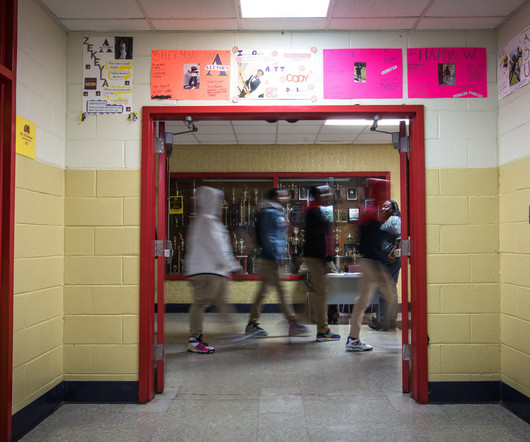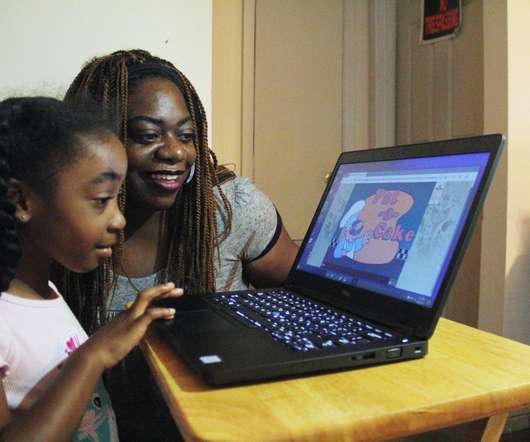OPINION: Historically underserved school districts in Mississippi were hit hard in the pandemic and need immediate help
The Hechinger Report
OCTOBER 29, 2023
A significant challenge for Delta communities is the ever-growing digital divide. percent, of households in the Black Rural South do not have broadband of at least 25 Mbps — the minimum standard for broadband internet. But it’s not just a Mississippi trend.























Let's personalize your content